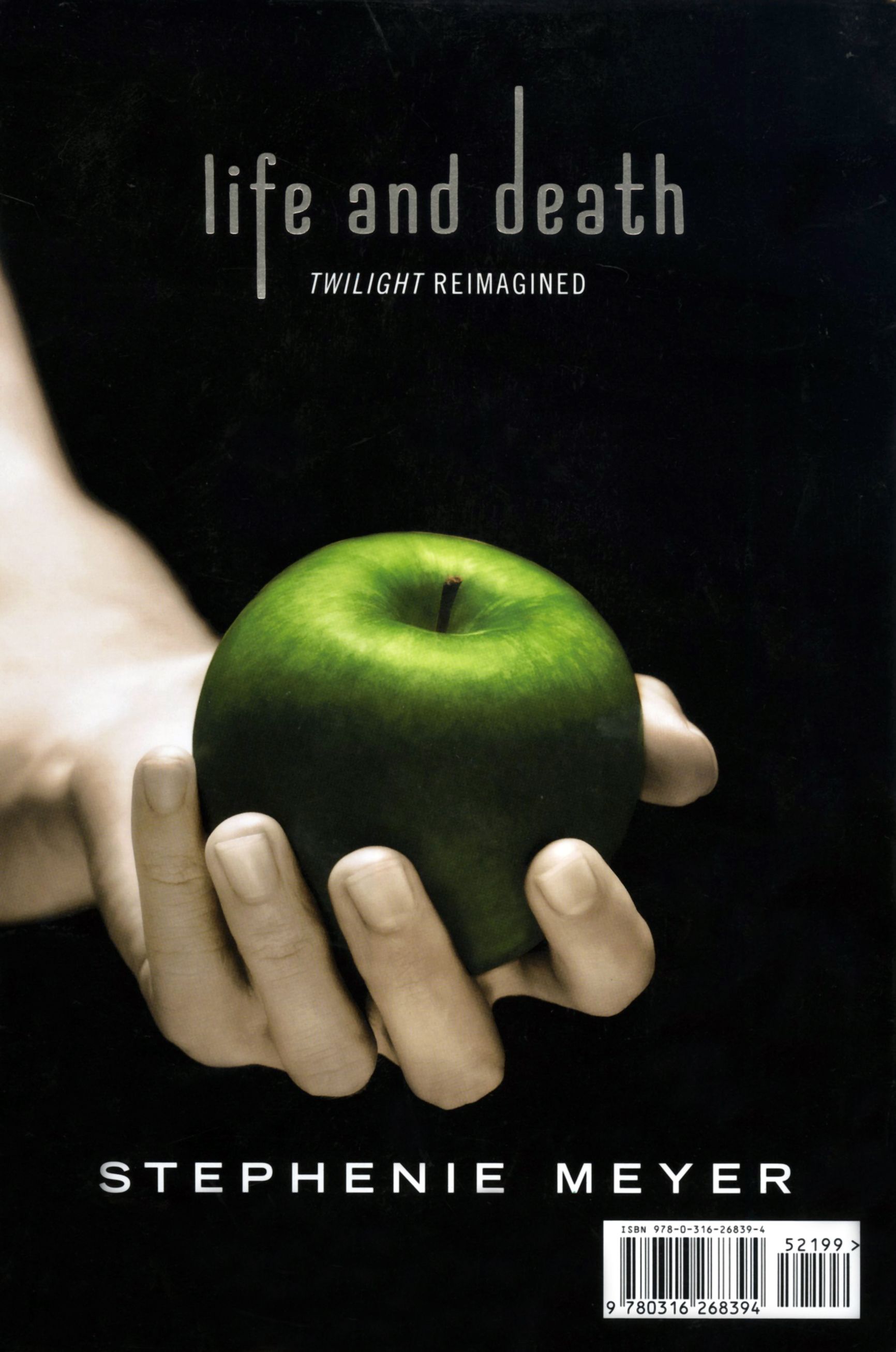When Fanfiction Goes Bad: Meyer Reimagines "Twilight" In All The Wrong Ways
Emily Solomon ‘17 / Emertainment Monthly Executive Alumni Engagement Editor
In honor of the 10th anniversary of the original Twilight release, Stephenie Meyer announced that the Special Edition re-release would include a copy of the story where Bella and Edward are instead Beau and Edythe.
In other words, Meyer pulled out one of the oldest fanfiction tropes in the book and labeled it “Twilight Reimagined.” After stating in her interview with Good Morning America that she didn’t even know fanfiction existed until after Twilight was published, it’s unsure if this is decision to change Bella and Edward’s gender is ironic or understandable. Possibly both.
The premise of Life and Death boils down to this: changing the gender of a cisgender man to a cisgender woman, and a cisgender woman to a cisgender man—a gender-swap, as it’s been called in nearly every article published so far. Here’s the problem: gender-swap as a term and as a phenomenon implies there’s only two genders. This is transphobic and cisnormative; it assumes gender is a fixed binary.
Gender is not “one or the other,” so slapping different names on these characters and saying “Look, the story is the exact same!” is highly problematic. It diminishes the experiences of those who identify as transgender, genderfluid or genderqueer, or nonbinary.
If we’re going to call it something, let’s call it what it is: cisflip, or flipping gender within the constraints of cisnormativity. This is not revolutionary storytelling: it’s boring at best and cisnormative and exclusionary at worst.
In the Foreword of Life and Death, Meyer writes that she hopes this version of the story will demonstrate that Bella is less of a “damsel in distress” and more of a “human in distress,” and it doesn’t matter what gender our protagonist is because he or she is surrounded by characters that are essentially “superheroes and supervillains.” It appears to be that Life and Death is in part a response to those who criticize Twilight for perpetuating sexist narratives and tropes. Clearly, by switching Bella’s gender, it’ll prove that these events can happen to men, too. Equality for all.
Except that completely misses the point of the original criticisms. It doesn’t matter if Bella is a “human in distress,” she’s still a woman in distress, and that comes with a basket of issues that are impossible to avoid.

Meyer also responds to the way Bella’s entire life revolved around Edward, “as if that’s somehow just a girl thing.” Well, no, it isn’t, but women in fiction sure do seem to be consumed by their love interest. This is how women have been portrayed for years; Bella is one more among many, and Twilight’s popularity only made her particular, problematic brand of klutzy-damsel more visible, and subsequently more influential. It means Twilight has power, and with that comes a lot of responsibility. Instead of addressing valid critiques in a concrete, tangible way, Meyer has chosen to change her main characters’ genders and assume that makes everything okay.
It doesn’t.
Indeed, much of Meyer’s response to critics’ analysis of Twilight seems to be geared solely towards those that criticize how she depicts Bella. So far very little of this response addresses the scrutiny put on Bella and Edward’s relationship. Remember how Edward would watch Bella when she slept? When he followed her all the way to the city? When he explicitly told her he’s in danger of killing her at any moment for her blood?
With or without Edward’s powers, his behavior is abusive. That’s part of what made the relationship so chilling: it’s something that could happen to anyone. The thing is, it’s much easier to romanticize when it’s Bella and Edward, because it reinforces gender roles we’re so used to: the woman must always aim to please the man, and the man must always be possessive of his woman.
Throughout the series, Edward goes to great lengths to monitor and later influence, even outright control, Bella’s behavior under the pretense of keeping her safe. Slice it anyway you like: their relationship played out like a “10 Signs Your Relationship Is Abusive” pamphlet. Newsflash: undermining your girlfriend’s judgment with snide remarks (“Must I always be the responsible one?”) isn’t healthy. Keeping her from seeing her other friends isn’t healthy.
If you’re going to respond to the criticism surrounding the original depictions of your main characters and their relationship, it’s not enough to make Bella a Beau and Edward an Edythe. Abuse is abuse, regardless of the genders of the abuser and the victim. If Life and Death truly is just a retelling of the story, then Meyer has done little to address the criticisms against the original Twilight story in a concrete way.
Listen, I’m all for fiction that plays with gender roles. I really am. If Life and Death had been the original Twilight, I think we’d all be having a very different conversation right now.
But it doesn’t matter whether or not a man would find himself in Bella’s situation. What matters is that Meyer chose to write Bella’s character and her relationship with Edward this way to begin with. Changing Bella to Beau doesn’t erase four books’ worth of uncritically depicting sexist tropes and abusive relationships.